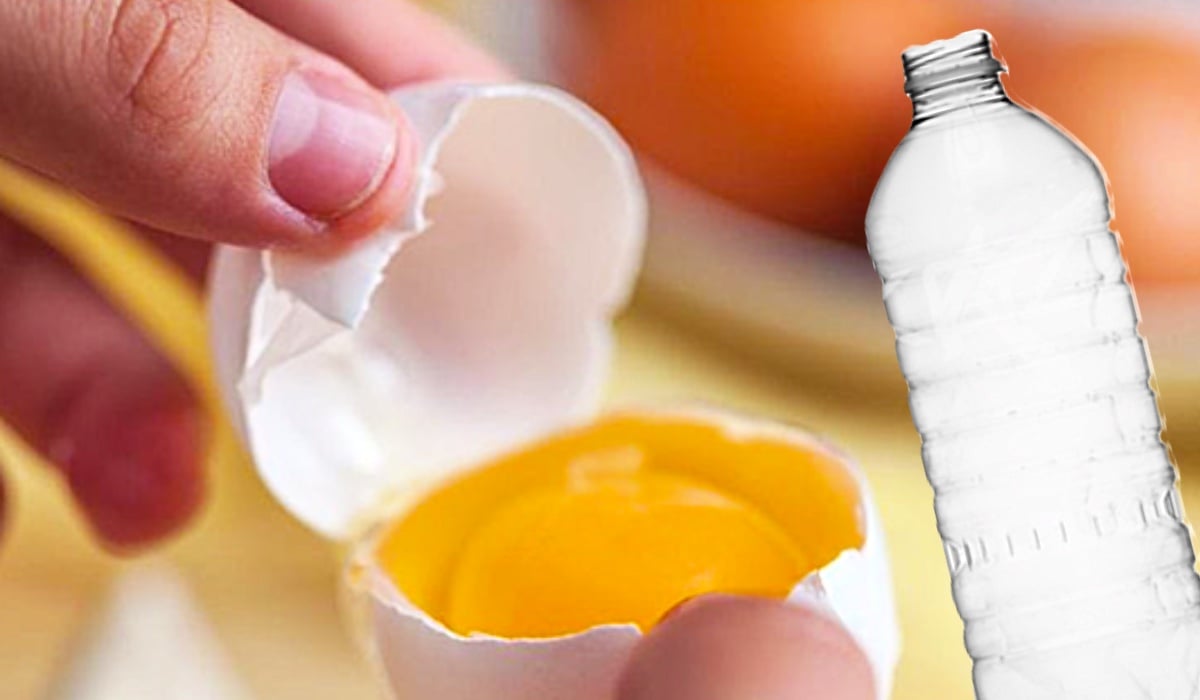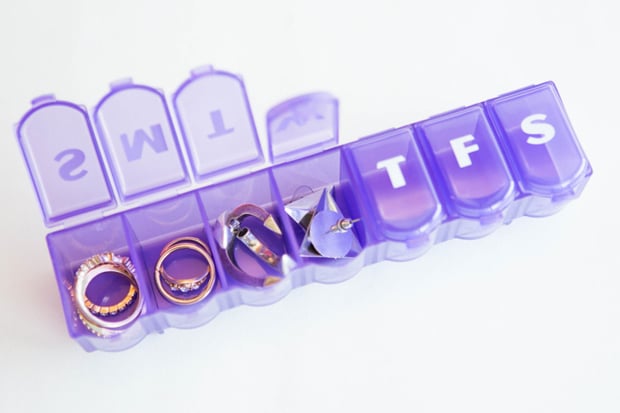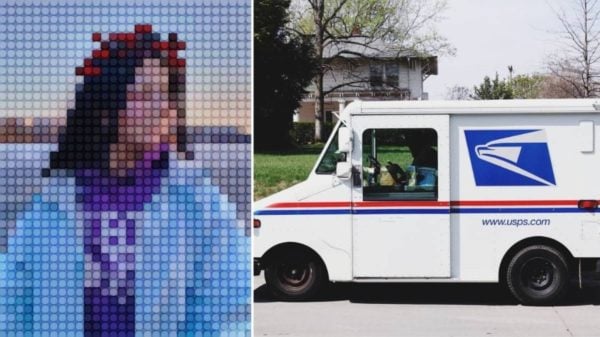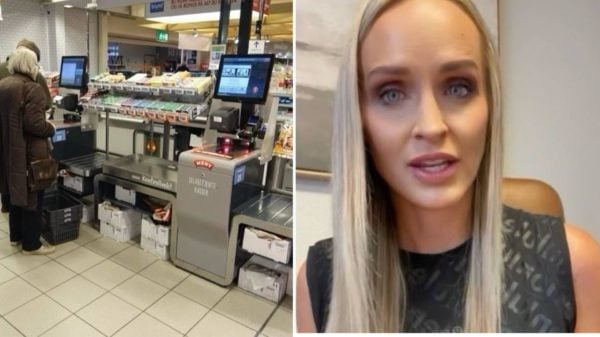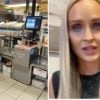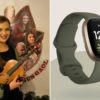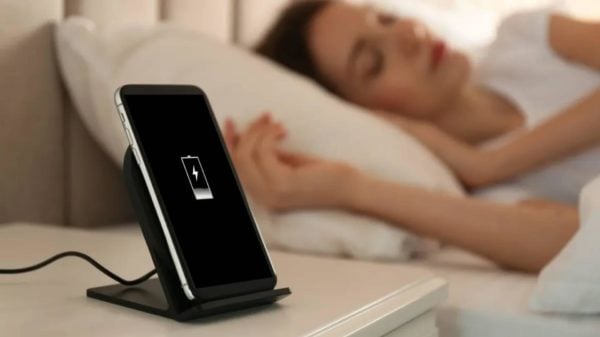Every moment is precious in the fast food world. As society gets busier and more time-conscious, customers at drive-throughs now require fast food outlets to deliver food in record time. That’s why in recent times, there has been a heightened need for fast-food companies to live up to their name.
As fast food outlets continue to pile pressure on their staff to sell faster, workers are devising new means of cheating the system. Current and former fast food staff have admitted to the ‘crime’ of faking speedy food delivery while stating why they had little or no choice.
The usefulness of managers of fast food outlets is graded by their ability to maintain swift orders to waiting vehicles. These managers will naturally transfer the pressure down the chain of command. So, if you work in any of these companies, you are on the receiving end of the need for speed.
For example, many drive-throughs are demanding as low as 20 seconds for order fulfillment. For staff and managers who have been in the struggle, these expectations are difficult to meet, and in many cases, as we will soon see, they are virtually impossible.
To ensure compliance with delivery time targets, owners of drive-through outlets have car detectors installed. These detectors come with sensors to detect the arrival and departure of customers’ cars. This is where the challenge begins.
This system has met matching energy from the other end of the rope. In a bid to remain relevant and keep their jobs, fast food staff and even managers have developed other ways to trick technology and reduce delivery times.
In a viral TikTok video, a man revealed that fast food staff sometimes place a sheet of metal (sometimes a metal object such as a bucket) outside the drive-thru window to fake the movement of cars. By adding more imaginary cars to the line, these staff will reduce the drive-thru time pretty significantly. In other cases, fast food managers and acquaintances of fast food staff have pulled up at the windows to fake drive-thrus.
In many cases, whether it’s the food industry or the educational sector, there is a common flaw in corporate target setting and staff expectations. More often than not, policies that have been forged to boost efficiency have a missing ingredient. This is the disregard for non-ideal situations.
So what’s an ideal drive-through situation? To begin with, that’s when a driver pulls up at the window and makes an order that’s confusion-free and doesn’t involve a press conference. Some customers ask a lot of questions.
Then, there is the annoying case of drivers not being ready for their orders when they are fulfilled. In these cases, the customers are fully to blame for the slow drive-through time, even though the fast food staff bears the brunt.
Lastly, there is the situation where a vehicle occupant makes an order for the entire family or a group of friends back at home. These cases became more familiar during the pandemic where lots of people were huddled at home.
While it is true that ideal situations still exist, in most cases, the ideal is the exception and not the rule. Most drive-through scenarios are seemingly rigged against the fast food staff, making it nearly impossible for them to hit success in speedy food delivery.
Interestingly, fast food delivery policies fail to capture these less-than-ideal circumstances. The policies bank on the perfect drive-through scenarios to justify their rigidity.
However, fast-food companies, upon realizing their policy flaws, have begun to put the brakes on these policies. Now, the staff of some fast food companies can heave a long-desired sigh of relief.
For fast food chains such as KFC, the new approach has been to create conditions that can encourage the actualization of the swift delivery policy. KFC has explored a technology-based solution that encourages customers to order ahead. This new scheme is called the Quick Pick-Up.
Quick Pick-Up allows customers to notify KFC of their food choice via the KFC website or app. With customers ordering before they pull up at the drive-through area, KFC staff can achieve faster service times.
This new service implies that KFC has mostly migrated its service style from drive-thru to pick-up.
For fast food chains like Burger King, who have no intention of discarding the drive-thru, more lanes do the magic. McDonald’s, on their part, has invested in automated voice technology. This AI-based technology, though still in the testing phase, is capable of taking customer orders effectively.
For fast foods that have taken no significant action in addressing the rigged system, their staff has found other ways to beat the drive-thru counters. Former fast food staff, who have shared the secret formula, believe that cheating the system is the only way to meet goals and keep their jobs. This trend is bound to continue until corporate fast food discards fantasy and comes to terms with reality.







